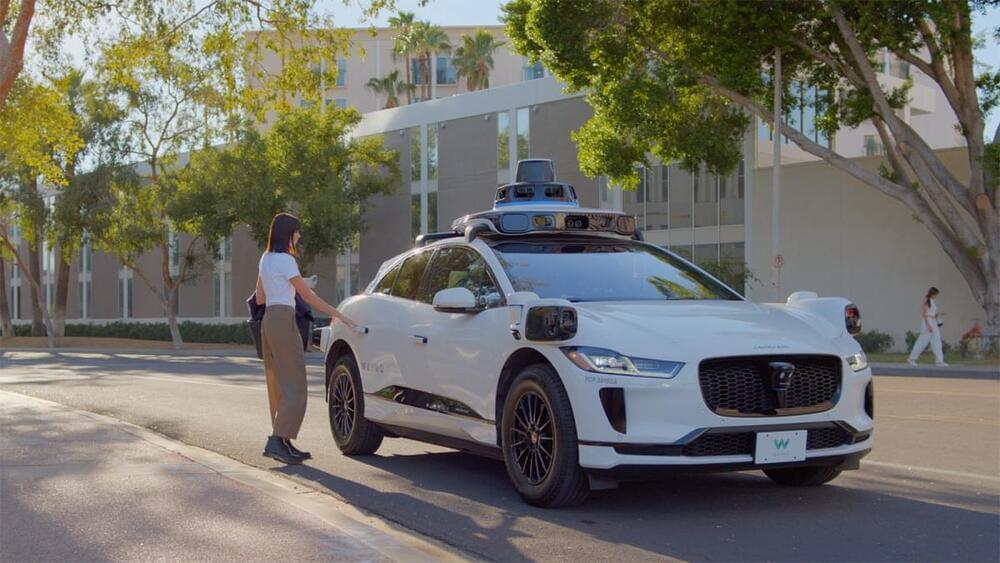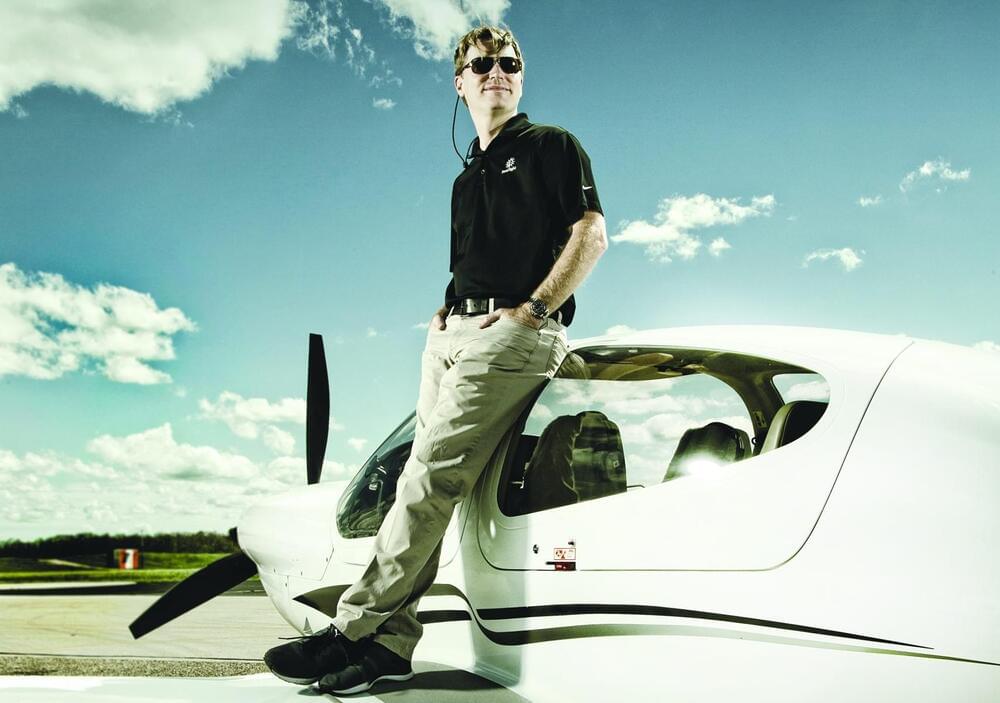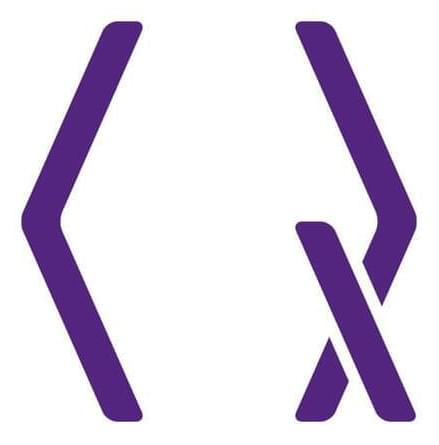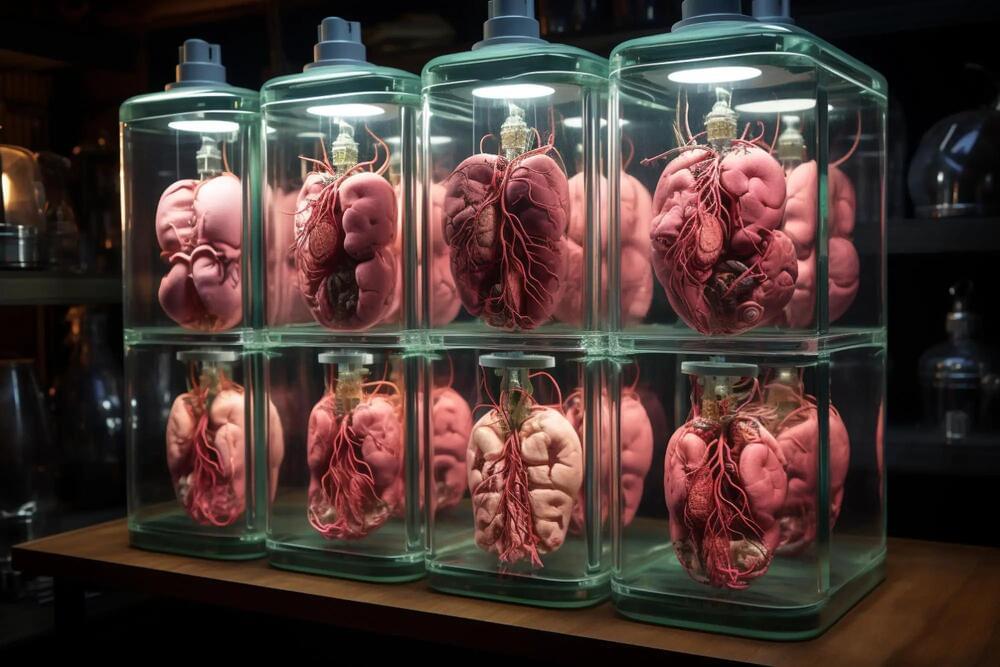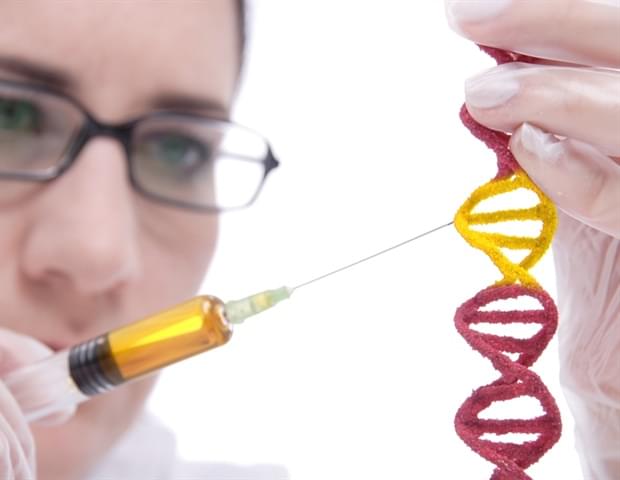In a win for the autonomous vehicle industry, California regulators have given the green light to Cruise and Waymo to offer commercial robotaxi services across San Francisco 24 hours a day, seven days a week.
The commission voted 3–1 in support of the expansions; Commissioner Genevieve Shiroma cast the sole “no” vote.
The California Public Utilities Commission’s (CPUC) votes in favor of the AV companies come in spite of mounting opposition from residents and city agencies that have urged caution and a more incremental approach to expansion. Since AVs hit the streets of San Francisco, there have been numerous instances of vehicles malfunctioning and stopping in the middle of the street — referred to as “bricking” — blocking the flow of traffic, public transit and emergency responders.
